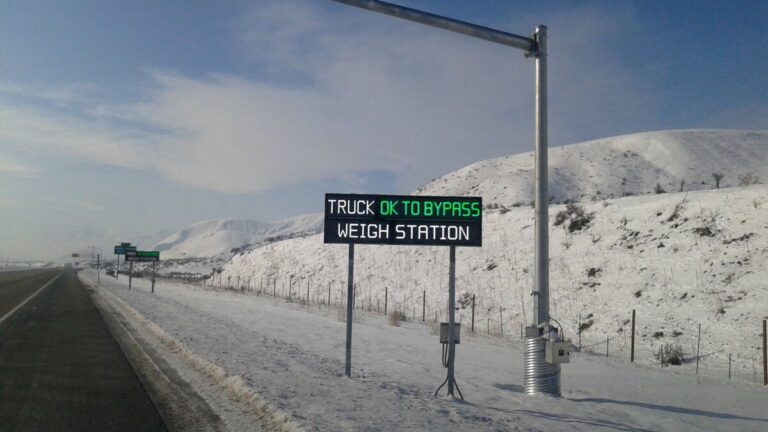Don’t expect a trucking boom in 2025, but a number of industry analysts and economists believe we’re seeing an end to the long freight recession (depending on who you ask, it’s been two or three years).
ACT Research reported that the truckload market has finally rebalanced enough for rates to start moving higher.
“With a significant capacity contraction by for-hire fleets and private fleet insourcing slowing, capacity has finally rebalanced enough for rates to start moving higher,” said Tim Denoyer, ACT VP and senior analyst.
“The trajectory is quite different than the past two cycles, but after three years in loose territory, the truckload supply-demand balance is set to turn tighter in the coming months,” he said.
DAT spot rates (net fuel) are tracking 7% higher than a year ago in the fourth quarter.
Contract rates are rising modestly but consistently across not only DAT data, but also Cass data, and fleets’ financial reports, for the first time in three years, Denoyer added.
“In 2025, the combination of normalizing equipment supply and a pre-tariff safety stock build are poised to drive higher for-hire freight demand and rates,” he explained.
“The big private fleet expansion of the past two years will likely still leave anyone looking for a boom disappointed, but the for-hire rate recession is finally over.”

FTR Sees Favorable Trucking Conditions for Next Two Years
FTR Transportation Intelligence is forecasting consistently positive readings in its Trucking Conditions Index through at least a two-year forecast horizon.
The forecasting firm’s TCI tracks the changes representing five major conditions in the U.S. truck market: freight volumes, freight rates, fleet capacity, fuel prices, and financing costs and combines them into a single index.
in The TCI has been positive only twice — in May and June of this year — since April 2022, but FTR analysts expect that to change.
When Consumer Spending on Goods Produces No Freight
“Aside from a near-term boost mostly related to falling diesel prices, we have not changed our Trucking Conditions Index forecast significantly in the wake of the election,” explained Avery Vise, FTR’s vice president of trucking.
“The outlook continues to be more favorable for carriers than what they have experienced for well over two years.”
FTR’s analysis indicates gradual but steadily rising capacity utilization leading to stronger freight rates in 2025.
“Just like everyone else, we’ll be watching closely to see exactly what trade and other economic policies are implemented and over what time frame,” Vise said.
“Some freight disruptions are likely due to tariffs and other factors, but it is not yet clear that those actions will do more than shift the timing of activity.”

ATA Tonnage Index Continues Climb Off the Bottom
Trucking activity in the United States rose modestly in October, according to the American Trucking Associations’ advanced seasonally adjusted For-Hire Truck Tonnage Index, the third increase since July.
“The slow, and choppy, climb off of the bottom continued in October,” said ATA Chief Economist Bob Costello in a release.
“Since hitting a low in January of this year, tonnage is up a total of 3% — plus the index is up sequentially in three of the last four months. No doubt the freight market has improved, albeit slowly, over the course of the year.”

The tonnage index is calculated on surveys from ATA’s membership and is dominated by contract freight, as opposed to spot market freight.
In October during ATA’s Management Conference, Costello reported that after the ups and downs of the Covid-19 pandemic and its aftermath, economic and industry numbers were indicating that the industry is slowly getting “back to normal.”
Truck Driver Pay Reflects Recovery Trend
Meanwhile, truck driver pay has seen its most significant moves since the earliest months of the freight recession, according to the latest data from the National Transportation Institute.
Survey data from NTI’s National Survey of Driver Wages for the final months of 2024 reveals the most growth in per-mile pay since early 2023 and the second largest increase since the end of 2022, when the current freight recession began.
source:https://www.truckinginfo.com










